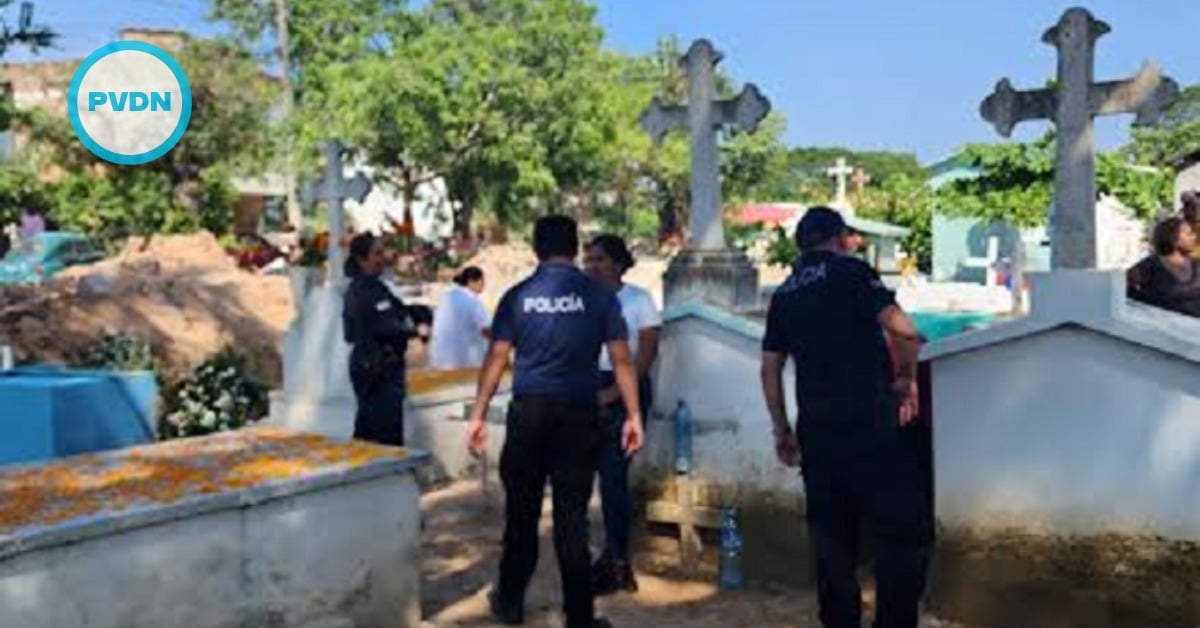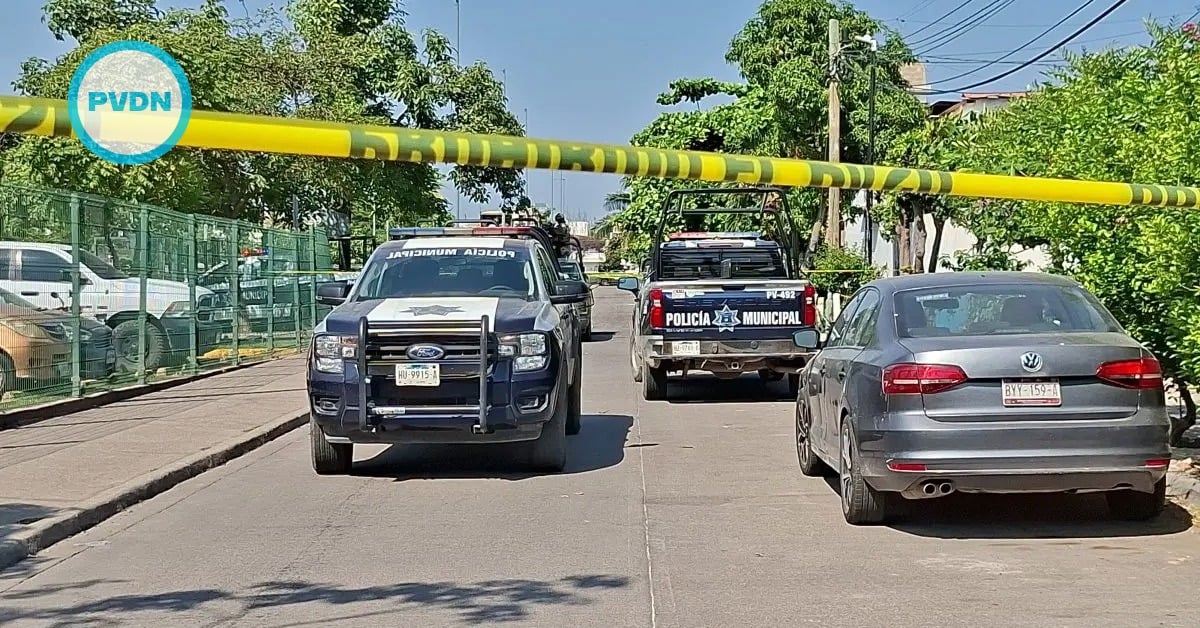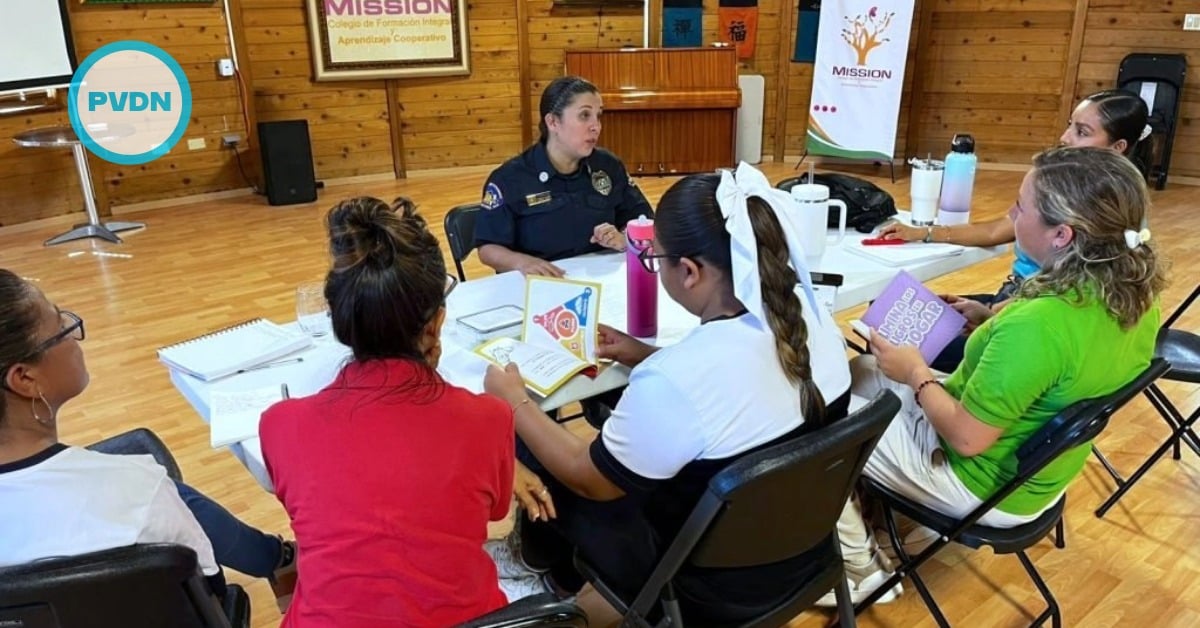Puerto Vallarta, Mexico - Organized crime is no longer just a public-security headache for Latin America and the Caribbean. It has become the region’s single biggest development hurdle, the World Bank warned Monday in its flagship Latin America and the Caribbean Economic Review (…





